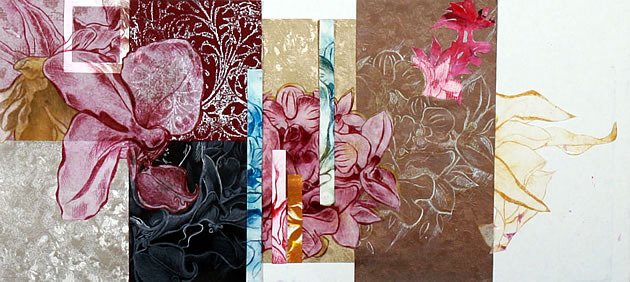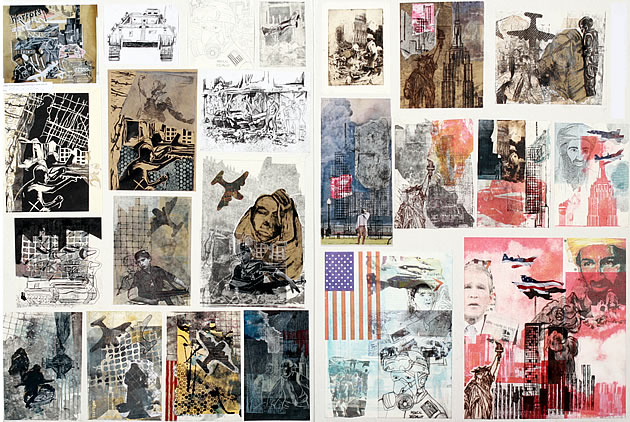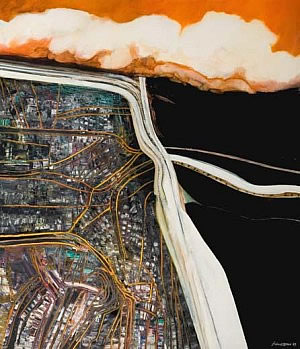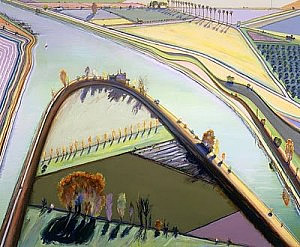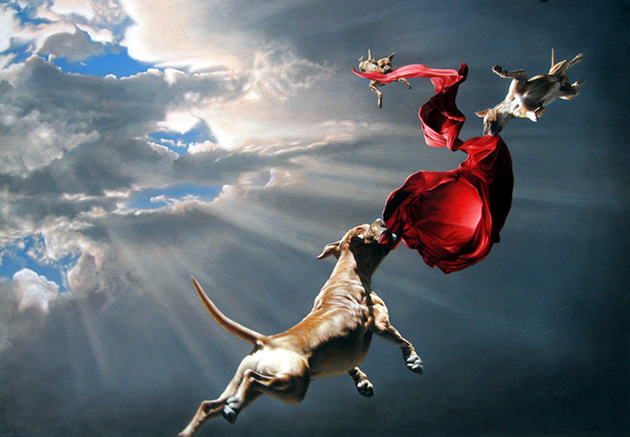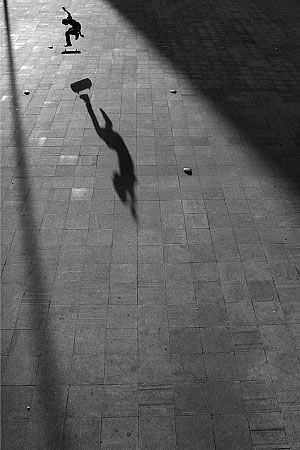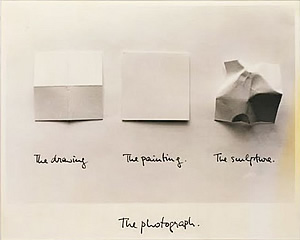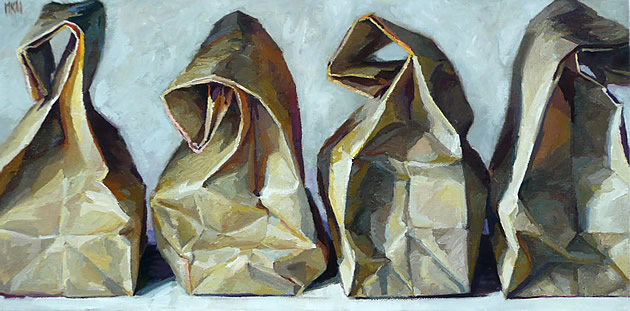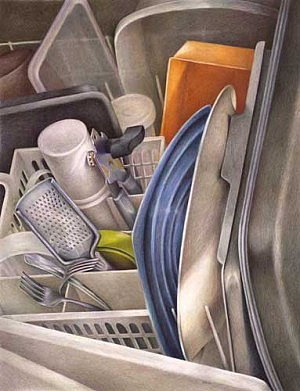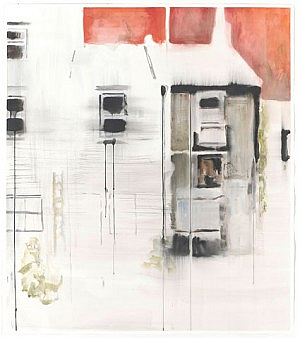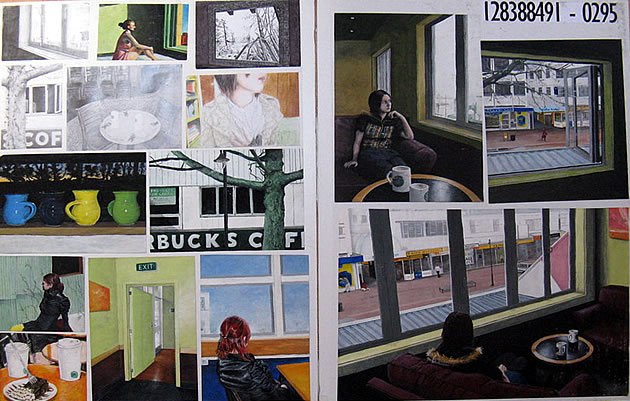Sustained Investigation Topics
|
Sustained Investigation Writing Prompts:
Scroll down for more specific themes & ideas. ***Reminder*** Since we are still in a public school setting, some themes and social issues in these lists would need the use of more metaphorical imagery in order to be considered appropriate. Talk to your teacher to discuss how to navigate these serious topics. The following is modified from: https://www.studentartguide.com/articles/a-level-art-exam-paper For some students, a set starting point makes life easier; for others, it throws up a mental block: a paralyzing fear that they will not be able to produce anything original, or – worse –that they will be forced to draw/paint/photograph/design/sculpt something that is horrendously boring and which doesn’t interests them at all. What follows is a list of thoughts, ideas and responses to the 2012 GCSE and A Level Art exam topics from a range of different examination boards. They are intended to spur creative thought and to aid the brainstorming process. It is worth remembering, before you begin, that no topic is inherently boring and that even the most mundane can result in beautiful work. What matters is not the thing or even the idea, but the way it is interpreted; the way you respond to it, what it means to you and whether it wriggles inside and kicks at your soul. It is important to remember that the best art topics are those which:
It should also be noted that ideas on this list are provided as an aid to the brainstorming process. They may or may not be appropriate for you, depending on your circumstance. Selection and exploration of ideas should occur only in conjunction with advice from your teacher. Some artist model ideas have been included with the lists below. For additional ideas, please look through Student Art Guide's Pinterest Boards. Enjoy! Encounters, Experiences and Meetings
Combinations and Alliances
Fossils
Society Today
Inside / Outside
Harmony and Discord
Changed Landscape
Sky High
Shade
Icons
Memorabilia
Neon
Playing
Folding Structures
Journey
Domestic
Facades
Digital Dreams
Looking Through
People – Ordinary and/or Extraordinary
Old and New
Here and Now
Arrival / Departure
Fruit, vegetables and gardening tools placed in a setting of your choice
Time-Honored
For more help with selecting a topic, you may like to read this blog post about what makes a good A Level Art idea. You may also be interested in the article about the 2013 Art exam topics. Article from Student Art Guide. Additional Prompts: Social Issues Arts in education Black Lives Matter Depression/ anxiety Texting and Driving Unemployment War Pirating Hunger Underage drinking Animal rights Save the rainforest Endangered Species Women’s rights Guns/ gun control AIDS World population Homelessness Child labor laws Slave labor Human trafficking Sweatshops Same sex marriage Gender rights Immigration Child pornography Education reform Educational debt Age discrimination Cloning Climate change Zoos-animal caging Over fishing Over population of pets Lower drinking ages Eating disorder Body Image Child obesity Hazing /school bullies Teen pregnancies Politics Save the planet Reforestation Gang violence Famine Homosexuality Civil rights Baby boomer issues Creationism Genetic engineering Heroin addiction Prescription drug abuse Violence in schools Terrorism Welfare abuse Affirmative action Capital punishment Doping in sports Healthcare reform Veteran’s healthcare Cyber bullying Social media addiction Outsourcing Election funding Abortion Right to die Pet control Poverty Female castration Legalization of marijuana Sexual identity Living green Veganism Vegetarianism Cruelty to animals Sexual harassment College rape crisis Racism Economy Right to vote Racial profiling Hunger Organic farming Illiteracy Elder care Teen suicide Animal overpopulation Fashion/ dress codes Social security Refugee crisis Child brides Equality in education Vaccination Sustainable energy Body Dismorphia Me Too Movement/Never Again |
|
